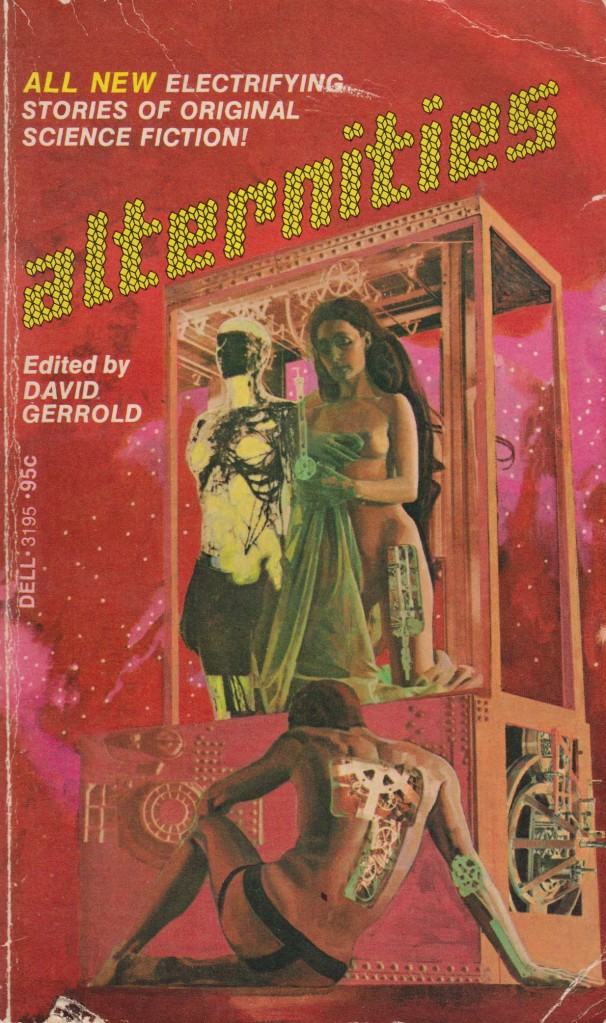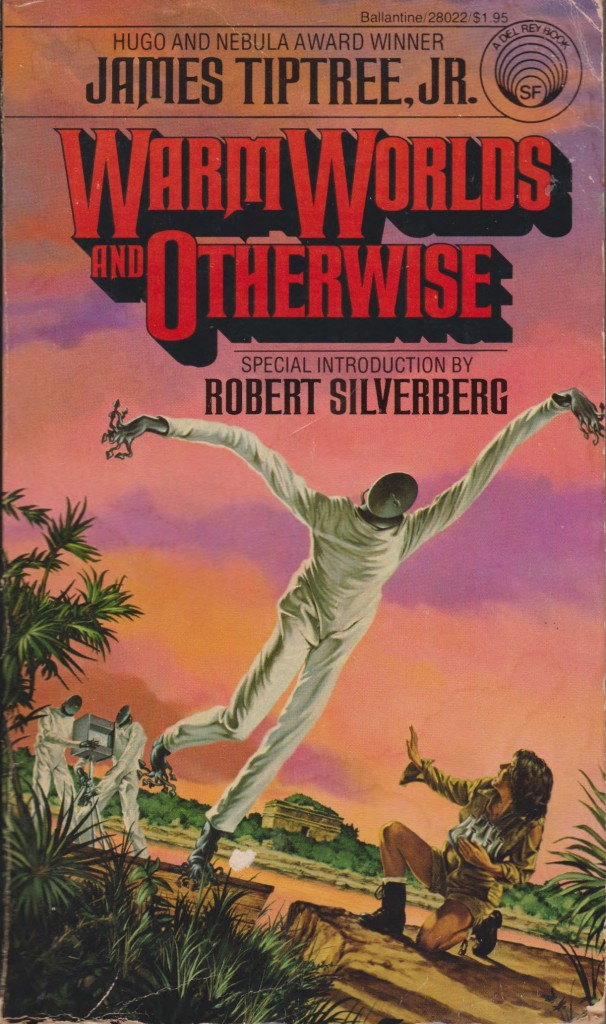This is the 8th post in my newly resurrected series of vintage generation ship short fiction reviews. As this series has a real chance to cover every pre-1985 generation ship short story available in English, I’ve bitten the bullet and stepped back to the pre-WWII SF landscape to track down a generation ship story by Otto Binder. I tend to be far more interested in post-WWII US and European SF history and have geared most of my site towards those decades.
As a reminder for anyone stopping by, all of the stories I’ll review in the series are available online via the link below in the review.
You are welcome to read and discuss along with me as I explore humanity’s visions of generational voyage. And thanks go out to all who have joined already. I also have compiled an extensive index of generation ship SF if you wish to track down my earlier reviews on the topic and any that you might want to read on your own.
Previously: Chad Oliver’s “Stardust” (1952)
Next Up: Leigh Brackett’s “The Ark of Mars” (1953)

Uncredited art illustrating Otto Binder’s “Son of the Stars” in Famous Fantastic Mysteries (February 1940), ed. Mary Gnaedinger
Otto Binder’s “Son of the Stars” first appeared in the February 1940 issue of Famous Fantastic Mysteries, ed. Mary Gnaedinger. 2.75/5 (Vaguely Average). You can read the story online here. As always, I will have spoilers.
First, a note about authorship and pseudonyms: According to The Internet Speculative Fiction Database, Otto Binder is the sole author of “Son of the Stars.” “Eando Binder” was a joint pseudonym used by American brothers Earl Andrew Binder (1904-1966) and Otto Oscar Binder (1911-1975). After 1934, the elder brother Earl stopped writing SF and Otto continued to sign his work under the shared name. For more on their SF, check out their SF Encyclopedia entry.
Continue reading







